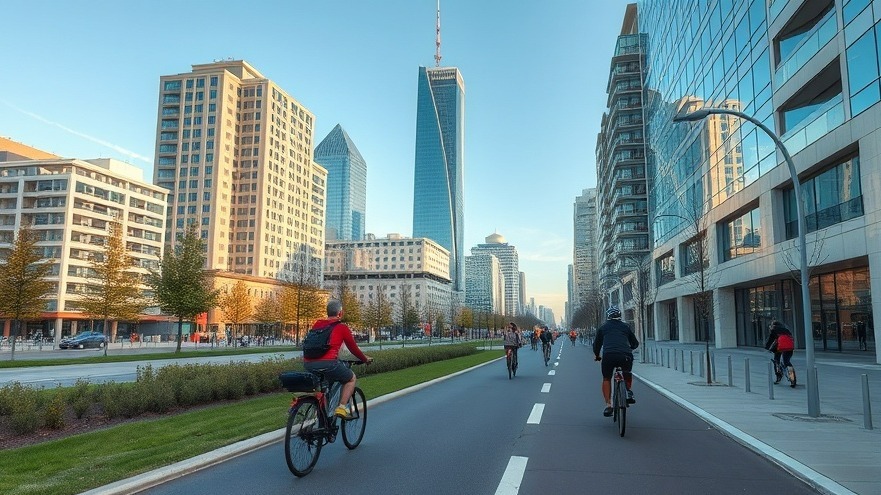
From Ocean Waste to Art: The Vision of Fahrenheit 180
Fahrenheit 180's innovative use of oyster shells at the Gulbenkian Art Museum transforms ocean waste into stunning tiles, challenging our notion of sustainability in design. This project not only highlights the aesthetic possibilities of repurposed materials but also speaks to a growing movement among designers to reduce environmental impact while creating functional beauty.
The Inspiration Behind the Tiles
This revolutionary tile design draws inspiration from the natural textures and colors found in marine environments, particularly the rich palettes of oyster shells. By utilizing waste from the fishing industry, Fahrenheit 180 embodies a commitment to sustainable practices, an ethos that resonates deeply with both art and environmental communities.
How Workspace Aesthetics Impact Productivity
As digital nomads increasingly seek places that enhance their productivity, the aesthetics of workspaces play a crucial role. Research shows that environments filled with natural light and organic materials can boost creativity and focus. Incorporating elements like the oyster shell tiles could inspire creative thought processes and serve as a conversation starter among remote workers.
Cultural and Environmental Significance of Repurposed Materials
The use of oyster shells in this project spotlights a growing trend: the repurposing of materials as a means of both artistic expression and environmental conservation. Using locally sourced and sustainable materials not only diminishes the ecological footprint of design projects but also roots them deeply in their local context, inviting reflection on our relationship with the environment.
Creating a Comfortable Remote Workspace
For digital nomads, the comfort of your workspace significantly impacts productivity. Integrating elements inspired by nature, like the oyster shell tiles, may encourage a healthier work-life balance. Consider how color, texture, and even material choice impact your mental state while working remotely. Moreover, creating a workspace that feels comfortable and nurturing is vital to maintaining long-term productivity.
Future Trends: Sustainability in Workspace Design
As we look towards the future, the incorporation of sustainable materials like oyster shells in workspace design is likely to gain traction. It reflects not only a shift in consumer preferences toward environmentally-friendly choices but also an industry-wide acknowledgment that design can and should reflect our values concerning health and sustainability.
Conclusion: The Call to Action for Remote Workers
For digital nomads, considering sustainable workspace design can lead to improved productivity and a more fulfilling work experience. Embrace the integration of natural materials in your workspace, whether through artful design or practical applications, and witness the boost in both creativity and overall well-being.
 Add Row
Add Row  Add
Add 




Write A Comment